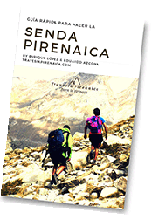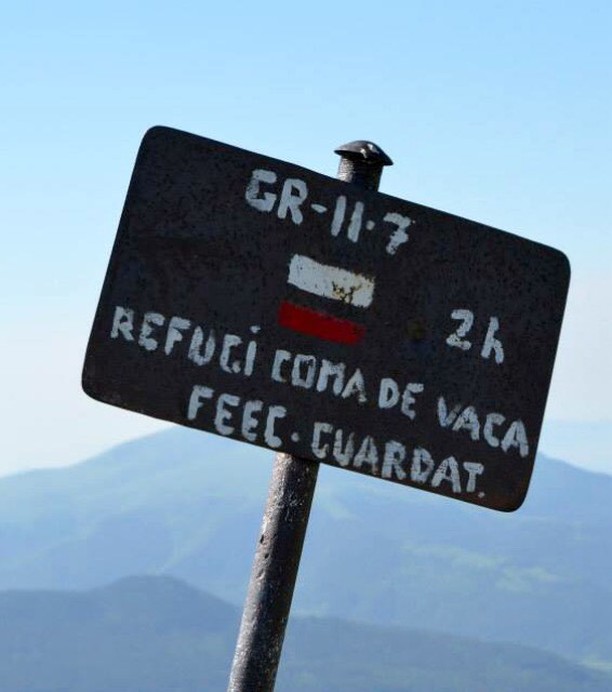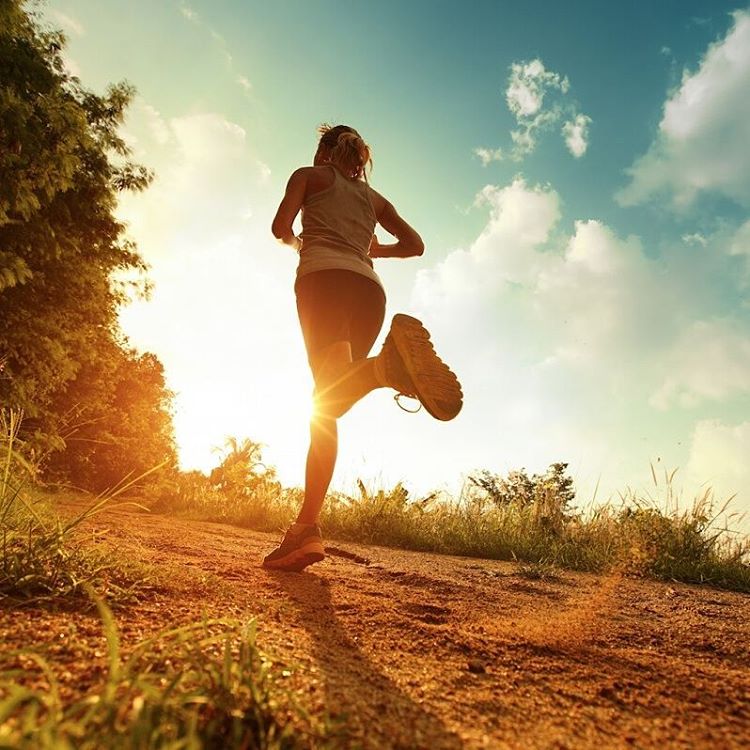Pyrenees and mountains 📩
Here 🔥The Trans-Pyrenees running race: a unique experience

Quick Guide GR 11
with everything you need to know before undertaking the Pyrenean Path
Humans are animals in search of adventure, surely trying to recover what civilisation, created by ourselves, has taken away from us: adventure and contact with nature. That is why, in our constant search for new challenges, we find journeys that manage to bring together adventure and connection with nature, the Trans-Pyrenees GR-11 takes us back to our origins.. The GR-11, which crosses the Pyrenees from east to west or vice versa, has made a name for itself among the great European trails for many years now, a challenge for many mountaineers, but since the world of trail running has entered the scene, everything has changed. Trail running and its derivatives are surely the revelation of the 21st century as a mass sport in the mountains. In this context, the Travesía Pirenaica does not escape from its nets and its route has become a real challenge for all runners in search of new experiences and challenges. Before taking on an undertaking such as this, we must be convinced of what we are facing. In this article we only intend to give you a few tips on how to get there. tips for route planning.
Where to start?
The first thing to bear in mind once we have decided to embark on the adventure is the number of stages we want to do. In other crossings where the trail modality manages to shorten the number of stages by doing several in the same day, it is a more affordable challenge. In this case, the difficulty of the slopes and the length of the stages makes it practically impossible or simply unnecessary to combine many stages. The GR consists of a total of 44 stages and if we have decided to do it in its entirety, we must bear in mind that we will spend practically the same number of days as if we were walking it. We must also take into account the reason why we are doing it, i.e. if our intention is to enjoy the journey, it is probably not advisable to join stages together except for those that are shorter, but if our challenge is purely sporting and what we want is to complete it in the shortest time possible, then the planning and our preparation must be very different.

When to go?
When it comes to deciding what time of the year to go, the choice will not vary much from if we were going to do any activity in the mountain range. In other words, summer looks like the season with the best guarantees to be able to make the crossing, as for a challenge like this we need ideal weather conditions and, although in the mountains this is difficult to foresee, summer is the time when the conditions we can find are more similar to the ideal conditions necessary for the crossing.
Objectives?
It is easy to think that this type of challenge is not done without any kind of final objective. Whether it is to have a good time, to have the personal satisfaction of having crossed the Pyrenees or to publicise challenges, whether they are charitable or sporting. This article is intended to give a very basic introduction to the general public who are thinking of doing the route. It is not a guide on how to do the crossing, but simply to raise the option of doing it in a different way. Thus, aware that to carry it out in its entirety involves enormous physical and temporal difficulty, we must look for the objective that best suits us.For example, for stages that pass through a specific area, whether Aragon, Navarre, Catalonia... It is not a question of turning the GR into a hell but rather a new way of looking at it.
Planner of the Trans-Pyrenean Route running:
In the Online guide to the Trans-Pyrenees Crossing GR 11 you will find all the stages with their different gradients, distances and approximate times, all of them calculated to be done in walking mode. It can be a good tool to get an idea of how many days we want to invest and which areas are the most interesting. to travel.
Precedents:
If we search the internet for precedents of someone who has done the route, it will be quite difficult to find the experience of amateur runners who have attempted such an undertaking in its entirety, as many of those who have tried it were "only" for some stages. Different are the cases of runners such as Kilian Jornet, Zigor Iturrieta and Iker CarreraAll of them professionals or highly prepared who have taken on the challenge of linking the two seas. Even so, in their blogs and web pages we can find their journey diaries, which can help us to understand a little of what we are facing.
Advice:
Although it may seem very obvious, all the advice we get when preparing the route will be few and far between. The first and foremost is not to leave anything to chance. we must have everything under control, at least as far as we can.. The logistics are not easy and if we don't want to do it self-sufficiently we will have to rely on various supports along the way. This is a challenge to be prepared with time, train in advance and look for the best time to do it, without doubt any other option is highly counterproductive. On the website: www.travesiapirenaica.com you will find all the stages, times and gradients, the study of which will be essential when deciding to go ahead.
At the food level, it is advisable to have in our backpacks with bars, gels and different energy supplements, especially if we plan to combine stages.
This article is not intended to be a complete guide to running the GR-11, but simply an informative article about it. All information is not enough.
Don't miss any adventure in the Pyrenees!


